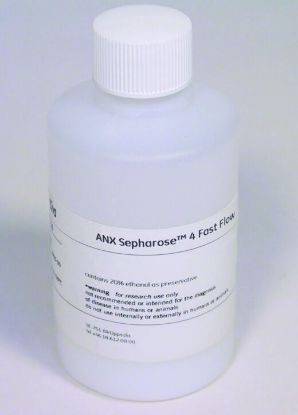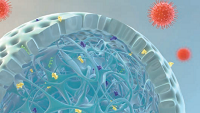


Nascent bovine OPN is a ~34 kDa (~300 amino acid) protein, with an isoelectric point (pI) of 4.3, an arginine-glycine-aspartic acid (RGD) motif, a thrombin cleavage site, a polyaspartate domain and multiple calcium binding sites. The native mammalian form of OPN is an acidic, glycosylated sialoprotein, rich in aspartic acid, glutamic acid and serine residues. Other crucial functions of OPN include prevention of renal calcifications, protecting cells from apoptosis and cytokine activity that differentially regulates inflammatory and immune response to allergic reactions. One such mammalian protein is osteopontin (OPN), also called bone sialoprotein-1 (BSP1), which is present in milk, bodily fluids and is responsible for bone development and regeneration. Anion exchange chromatography proved an efficient capture method to partially separate major phosphorylated host cell protein impurities such as Rubisco from OPN. Ga-IMAC interaction with OPN was not selective to phosphorylation, irrespective of salt, as the resin bound OPN from both algal and bacterial sources. We observed that CHT binds OPN by multimodal interactions and was better able to distinguish phosphorylated proteins in the presence of 250 mM NaCl. coli was used to compare the specificity of interaction of the resins to phosphorylated OPN. Non-phosphorylated recombinant OPN expressed in E. Chromatography resins ceramic hydroxyapatite (CHT) and Gallium-immobilized metal affinity chromatography (Ga-IMAC) were assessed for their binding specificity to phosphoproteins. This study further explores the impact of phosphorylation and expression from a “plant-like” algae on separation of OPN. In this study, the ability of unicellular microalgae, Chlamydomonas reinhardtii, to produce phosphorylated recombinant OPN in its chloroplast is investigated. Osteopontin (OPN), a bone regenerative protein present in a range of mammalian cells, is an acidic phosphoprotein with multiple potential phosphorylation sites. Correct folding and post-translational modifications are vital for therapeutic proteins to elicit their biological functions.


 0 kommentar(er)
0 kommentar(er)
